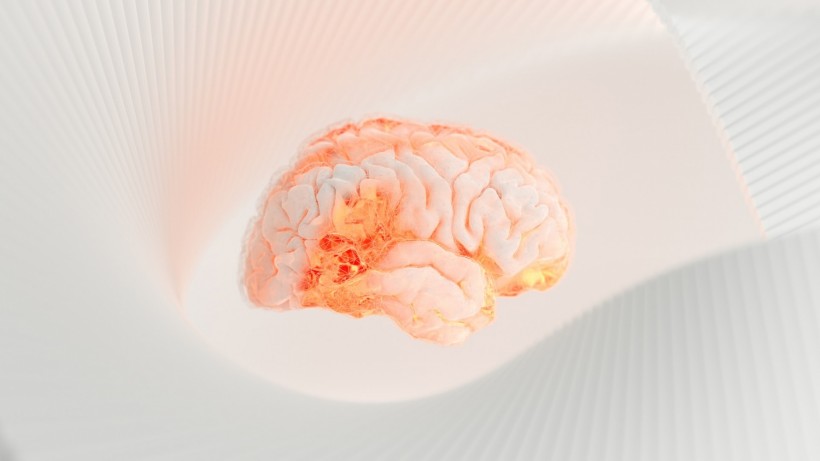Electrical and computer engineering professor Alice Parker from the University of Southern California has been known for developing scientific breakthroughs. Coming from a family of distinguished scientists and chemists, she helped develop a high-level automated computer design process that aids in transforming behavioral description into a circuit model.

In her recent project, Parker helps develop an artificial brain that can replicate the functions of neural mechanisms important for learning and memory.
Artificial Brain in the Making
Parker focused her study on four areas, namely nanotechnology, retinal and cortical neuromorphic analog circuits, biomimetic stereo vision, and biomimetic neuromorphic circuits. The biomimetic neuromorphic circuits mimic the brain's short-term memory, while the perception of objects in three dimensions is aided by biomimetic stereo vision. Meanwhile, the retinal and cortical neuromorphic analog circuits simulate the neural networks located in the retina and the visual cortex.
Parker collaborates with electrical engineering professor Chongwu Zhou from USC Los Angeles to combine the four research areas using the design of a biomimetic real-time cortex (BioRC), which, in essence, is an artificial brain. The team developed the first synapse composed of carbon-nanotube transistors. They also created the first analog circuit designs of brain cells, which interact with circuits that model neurons to replicate the functions of neural mechanisms.
Before starting the project to develop an artificial brain, Parker created a sudoku-solving system that uses simulated annealing. Designed to decrease the time needed to judge sudoku competitions, the system can provide competitors with hints to determine if they are having a difficult time. In solving a sudoku puzzle, image-processing techniques are used by the system to find imperfections and detect the borders of objects.
The system was 100% accurate in judging puzzles filled out on paper by hand. It can also help participants accurately complete a sudoku 95% of the time, solving the puzzle in less than 50 seconds.
The BioRC Project
The Biomimetic Real-Time Cortex (BioRC) Project is an interdisciplinary project that focuses on applying neuroscience research to electronic circuits that mimic neurons in the brain. This is made possible by using nanotechnology and complementary metal-oxide semiconductors (CMOS).
The basic approach of the BioRC project is the use of analog computations in emulating neural structures. This technique is supported by nanotechnology with the capability of controlled assembly and use. It also relies on implementing the functions of neural mechanisms considered important for learning and memory while resembling the detailed implementations of the mechanisms.
The BioRC Project also aims to study the fundamental National Academy of Engineering's Grand Challenge, Reverse Engineering the Brain. However, there are questions about when and how an artificial brain can be built. There are also fundamental challenges involved in whole brain emulation, such as the connection of the neurons for effective and efficient communication and implementation of plasticity or the ability of the brain to change and grow as learning takes place. Other challenges include emulating the complexity of individual neuronal computation, constructing the systems on the scale of the human brain, and producing a low-power design.
RELATED ARTICLE: Platelet Injection Can Copy the Benefits of Physical Exercise in the Brain, Promotes Neurogenesis, Enhanced Cognition
Check out more news and information on Brain in Science Times.














